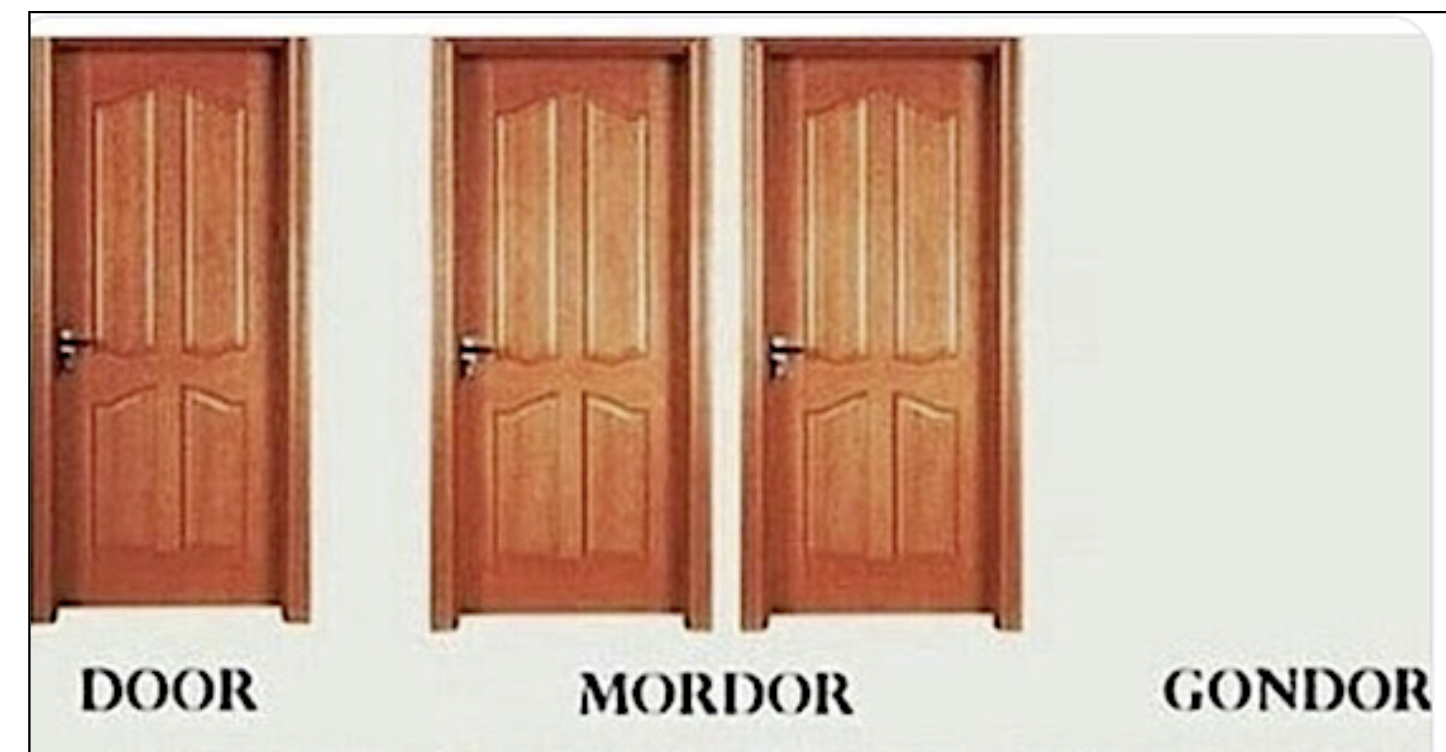InstaPundit: GOALPOSTS, MOVED (I’d say removed, but let the professor have his way –Ed]
College Board shortens SAT as student performance declines. “The College Board defended the shortened passages, now approximately the length of a social media post, citing that the ability to read longer passages is ‘not an essential prerequisite for college.'”
In 2024, the College Board introduced sweeping changes to the Scholastic Assessment Test (SAT), made largely without the awareness of lawmakers.
According to a June 18 op-ed by Michael Torres, the policy director for the Classical Learning Test (CLT), one major change was the format switch from paper to computerized testing. This allows the exam to be adaptable, which means that “students are served easier or harder questions in later portions of each section based on their early performance.”
[Cool: it dumbs it down as the dunce flounders along - no one fails at opur house! —Ed]
Torres also notes that the Reading and Writing section of the test shrank from between 500-750 words to anywhere between 25-150 words.
The College Board defended the shortened passages, now approximately the length of a social media post, citing that the ability to read longer passages is “not an essential prerequisite for college.”
As a result, reading material such as passages from U.S. founding documents have been eliminated in order to accommodate “students who might have struggled to connect with the subject matter.”
Additionally, the optional essay was eliminated entirely.
The math portion of the exam has faced modifications, as well. In addition to students being offered [fewer] questions and the same amount of time to answer them, they may now use a calculator for the entire portion.
One AI model found that the SAT has been getting easier by four points each year since 2008, and the ACT is projected to follow the SAT in its decline of “academic excellence.”
This extends to the changes made in the new SAT math section, as well. College Board now serves test-takers fewer questions but did not reduce the amount of time for the section correspondingly. Students taking the post-2024 SAT now have 1.6 minutes per question, compared to 1.3 minutes on the 2015-2024 SAT. (The ACT and CLT provide 1.1 minutes per question.) Additionally, a calculator can now be used for the entirety of the SAT math section.
It’s hard to predict the extent to which these changes may decrease the rigor of the SAT math section. However, they comport with a more than 15-year trend. Researchers at the University of Cincinnati trained an AI program to do SAT math questions going back to 2008, and it found that the test has been getting easier by about four points per year.
For the most part, the content-level changes made to the SAT have garnered little pushback. Concerns that have been raised have focused primarily on the test being computer-based rather than paper-based. A likely reason for this seeming indifference is that, well, what can anyone do about it?
“The College Board gets to do what they want, and we have to trust fall into it.”“The College Board gets to do what they want, and we have to trust fall into it,” Jennifer Jessie, a Virginia-based college counselor, told ChalkBeat last year.
As test-optional college-admission policies have proliferated, the College Board and ACT seem to have reacted with a bit of panic. Rather than offer a consistent standard of academic excellence, these companies are competing to offer the least unpleasant product to 17-year-olds.
“If we’re launching a test that is largely optional, how do we make it the most attractive option possible?” Priscilla Rodriguez, College Board senior vice president of college readiness assessments, told Chalk Beat in an article about the changes:
“If students are deciding to take a test, how do we make the SAT the one they want to take?”


















